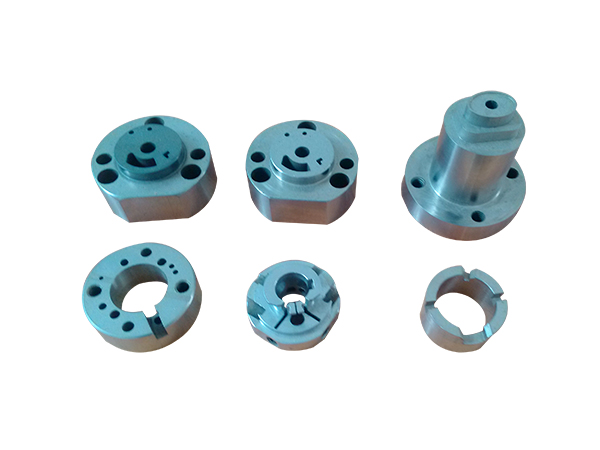4Industry Information

For precision parts processing on milling machines, especially on horizontal milling machines, clamping the workpiece with a pressure plate is a common method. Face milling cutters are most commonly used when milling on a horizontal milling machine. When installing a workpiece with a pressing plate on a milling machine, the tools used are relatively simple.
It mainly includes pressure plate, gasket, T-bolt (or T-nut), etc. In order to meet the installation requirements of different workpiece shapes, the shape of the pressure plate is also made into a variety of shapes, and the following points should be paid attention to when using the pressure plate.
(1) The position of the pressing plate should be properly arranged, and should be pressed at the place where the rigidity of the workpiece is the best, and the clamping force should also be appropriate, otherwise the workpiece with poor rigidity will be easily deformed.
(2) The gasket must be correctly placed under the pressure plate, and the height must be equal to or slightly higher than the workpiece, otherwise the compression effect will be reduced.
(3) The pressure plate bolt must be as close to the workpiece as possible, and the distance between the bolt and the workpiece should be less than the distance between the screw and the shim, so that the pressing force can be increased.
(4) Screws must be tightened before processing precision parts, otherwise the work piece will move due to insufficient pressure, which will damage the work piece and machine tool.
(5) A washer (such as a copper sheet) must be placed between the smooth surface of the workpiece and the pressure plate to prevent the smooth surface from being damaged by pressure.
(6) On the working table of the milling cutter, rough castings and forgings should not be dragged to avoid scratches on the table.
The above six points must be the main items when using the pressure plate to clamp the workpiece during the processing of precision parts, otherwise it will cause deformation and damage to the workpiece.


